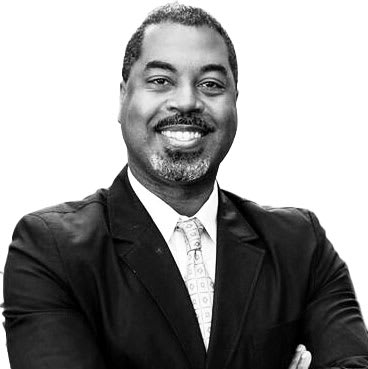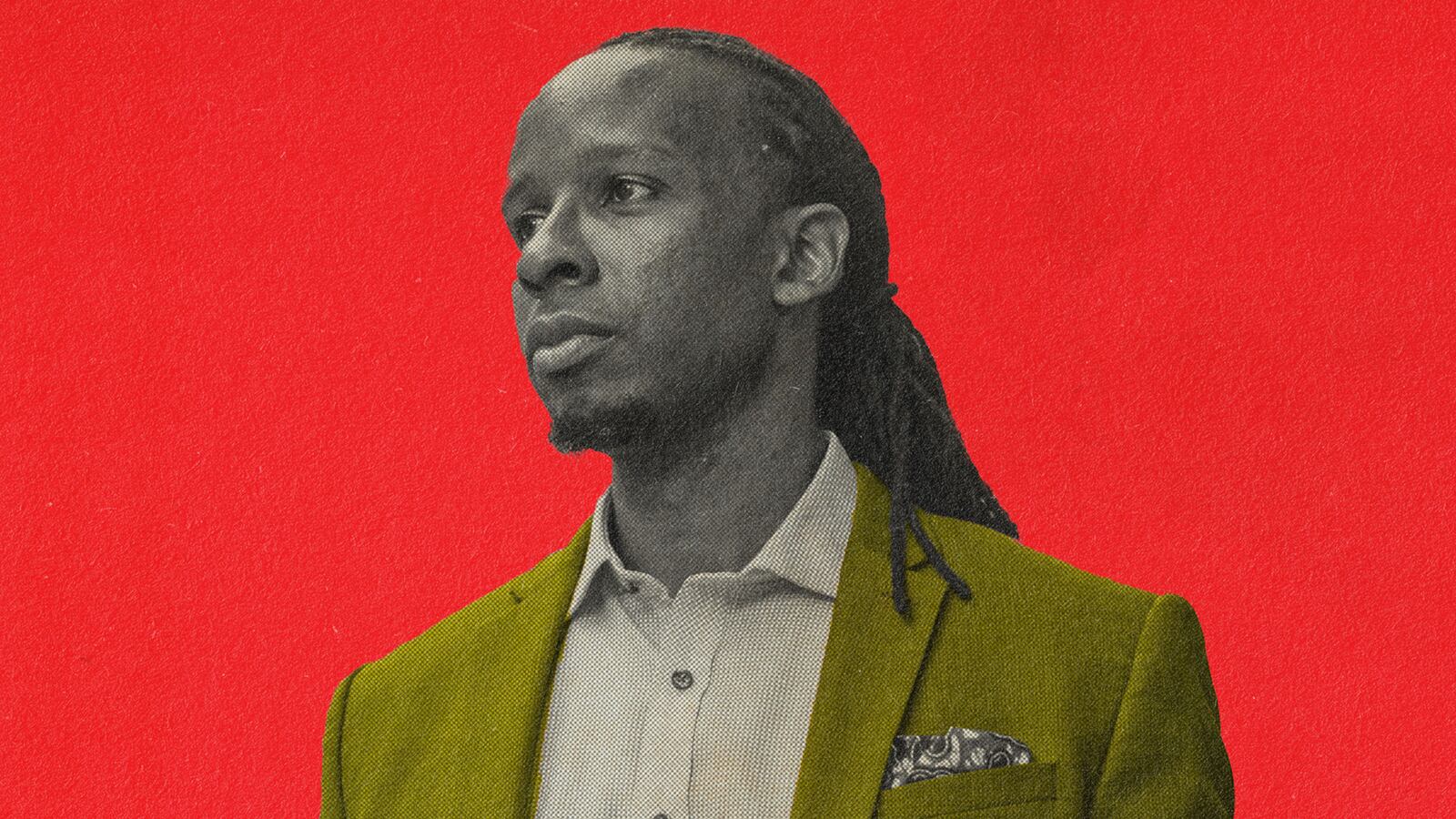I wasn’t even looking to work at the Center for Antiracist Research. I was a junior faculty member at Boston University with a modest public profile, so didn’t expect an invitation to the party. Dr. Ibram X. Kendi was an academic rockstar, after all.
To my surprise, the center reached out to interview me. When I got the job, I felt like Percy Jackson being summoned to Mount Olympus.
Fast forward two years. I had left the center, like so many others, and was recovering from the experience. Then I got word about the mass layoffs. All the old feelings came flooding back.
I was in charge of the center’s educational and training programs. The training program was intended to advance antiracist workforce development. We envisioned a ground-breaking, world-class program, meeting the growing demand for training in the wake of the so-called “racial reckoning.”
My other task was to develop academic programs in antiracism studies. These programs would be offered at the undergraduate and graduate level and be university-wide and interdisciplinary. As many people who’ve worked at the center have said, it sounded like my “dream job.”
I was so wrong.
I accepted the challenge of building these programs and got to work. It wasn’t long before I ran into obstacles. I noticed that leadership would make decisions that either weren’t adequately explained or made no sense. I received mixed messages and contradictory directives. I would make recommendations based upon my expertise that went unheeded. I would go to meetings and get the sense I was in a class with students who hadn’t done the reading. I would express concerns and it would go nowhere.
This experience was shared by many at the Center for Antiracist Research.
Having worked in a number of organizations, I was used to a bit of dysfunction. I tried to take it in stride. However, I was also hearing rumbles of discontent from colleagues.
A number of people in significant leadership positions left, often abruptly. This was a bad sign. I told myself that the center was new, and growing pains were to be expected. My solution was to support my colleagues and focus on what I could control. However, this coping strategy was not sustainable, because the center’s dysfunction was sabotaging my efforts.
In terms of the training program, the dysfunction included reluctance to offer the competitive salary required for the position we needed to fill. Having worked as a trainer myself I knew that we’d have to pay people well.
Also, on principle, I believed strongly that paying people what they deserve should be a basic organizational value. The salary issue led to us losing some strong potential candidates.
While the center finally decided to offer a higher salary, it never got around to providing the kind of human and financial resources needed to build the quality of program we envisioned. This is in spite of the fact that the training program was expected to be one of our revenue generators.
It’s bizarre to now explain mass layoffs as a strategy to ensure the sustainability of the center after it failed to create a revenue-generating program.
In terms of antiracism studies, I collaborated with a number of university stakeholders in designing an interdisciplinary graduate program that we hoped would be the first of its kind in the United States. Organizing this was complex. We had to bring together people from diverse disciplines with competing agendas.
An obstacle I encountered was that it was difficult to get faculty support because of concerns about the center’s operations. I also began to feel that focusing on a graduate program failed to address the need for antiracist learning at the undergraduate level. I shared this concern many times. The center didn’t listen.
Ultimately, we ended up with no antiracism studies programs at all. Meanwhile, the rumbles of discontent were turning into an earthquake and people kept leaving. No matter how hard people tried, things didn’t improve.
While working on antiracism studies, I assessed the university’s curriculum and believed there were not enough graduate-level electives to sustain the kind of program we wanted. I proposed and created a fellowship that would train faculty in antiracist pedagogy to increase antiracist content in the curriculum. This new initiative was a collaborative effort between the Center for Antiracist Research, the Center for Teaching and Learning, and the Office of Diversity and Inclusion. The fellowship was successfully launched and is already having a positive impact on the university.
Given what had happened with my other projects, the fellowship was my pride and joy.
In spite of this one success, the dysfunction at the center became intolerable. It began to negatively impact my well-being. I finally decided to make a gracious exit.
Shortly before my time ended, I was informed that I could no longer be part of the leadership of the fellowship I created. I have yet to be given a good reason for this. I’m also still waiting for someone to explain how taking a fellowship away from the Black faculty member who created it is “antiracist.”
I came to the Center for Antiracist Research with hope and passion. I left with nothing but grief and exhaustion. During my final month, I attended a staff retreat. It felt more like a funeral. Given the mass layoffs that just happened, maybe it was.
The center that so many believed in is now effectively dead.
This tragedy offers a cautionary tale. High profile academics can grow so large they exert an irresistible gravity. They pull in resources, institutions, people, and attention. Celebrity is seductive. But celebrity should not be confused with leadership ability.
Celebrity also relies upon and reinforces the search for saviors. This allows people to avoid the hard work of taking responsibility for creating the world they want. They mistake popularity for practice wisdom. They sit passively at the feet of a chosen one who provides answers in exchange for deference.
Antiracism has become more of a buzzword than a movement. Real antiracism is not a branding exercise, PR campaign, or path to self-promotion. It is a life and death matter. Too many institutions have responded to the “racial reckoning” with theater, therapy, and marketing masquerading as institutional commitment.
The center’s layoffs also come at the worst possible time.
We are living and dying through an escalating racist backlash. The center’s dysfunction may end up costing more than the reputation of an individual or a university. Those trying to discredit antiracism are celebrating the center’s actions as a “culture war victory.” They smell blood in the water. And the wound is self-inflicted. However, wounds can be healed.
Boston University stands at a crossroads. One road involves damage control—launching an “inquiry” that doesn’t lead to real change and history repeating itself. The other involves committing to a process of transformative justice. This requires taking responsibility for the harm that’s been done and doing real work to repair it.
Such a process must include all of the staff, faculty and community partners who have been harmed by the Center for Antiracist Research.
Our students are watching. Make your choice, Boston University.









